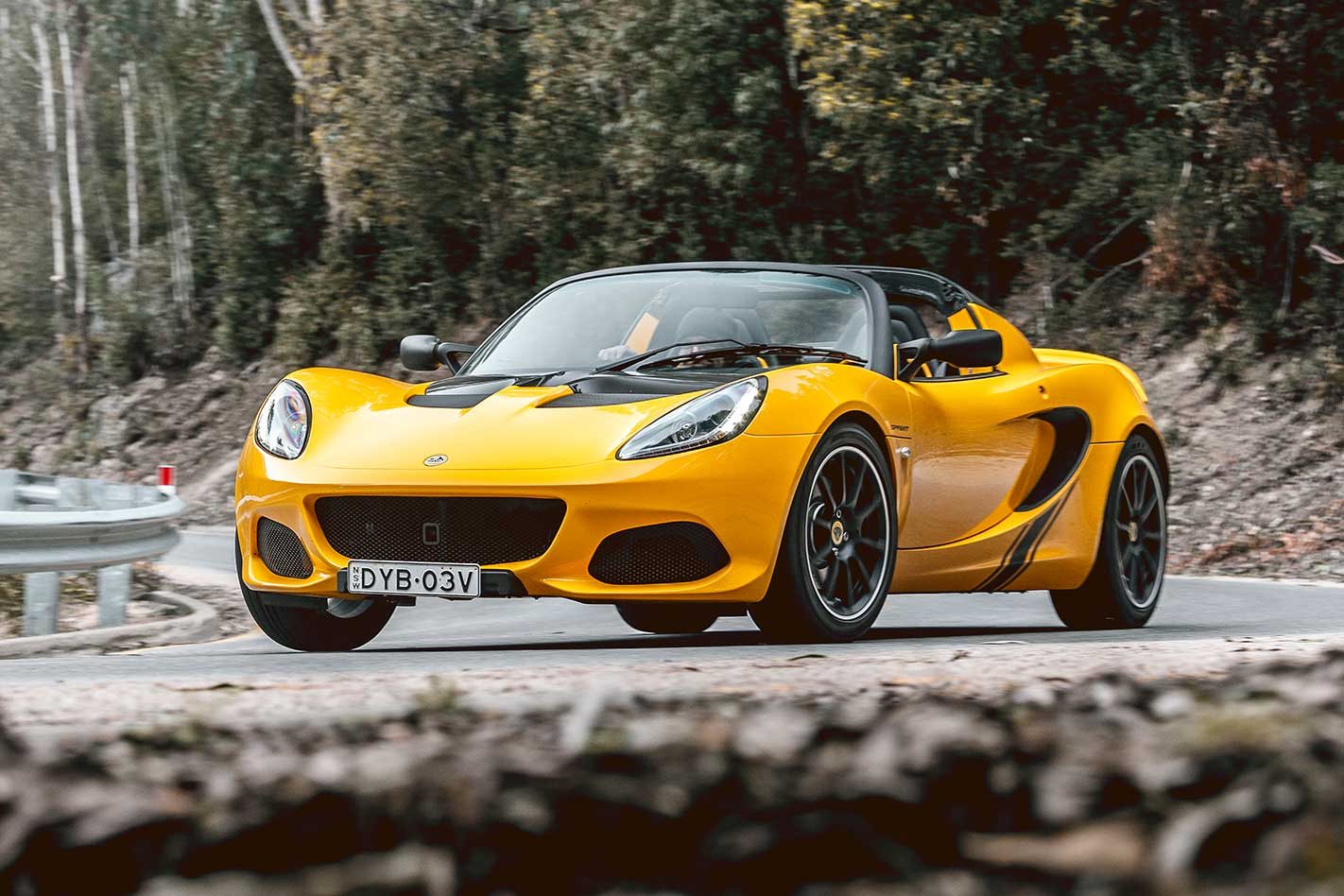Things we like
- Flexible, grunty engine
- Lightweight handling
- Mini-supercar character
Not so much
- Requires commitment
- Steering could be quicker
- Soft brake pedal
In Lotus land, the use of the word Sprint signifies something a bit special. In Australia, we understand this, the Sprint badge adorning the final fast Falcons, though it has been in use since the early 1960s. Lotus first applied it to the Elan in 1970, which set the template for increased power and/or reduced weight that continues to this day.
Now applied to the Elise, the Sprint treatment sheds 26kg courtesy of a lithium-ion battery, lightweight wheels, polycarbonate rear screen and the use of carbon for the seats, access panel, roll hoop and engine cover and sill covers.
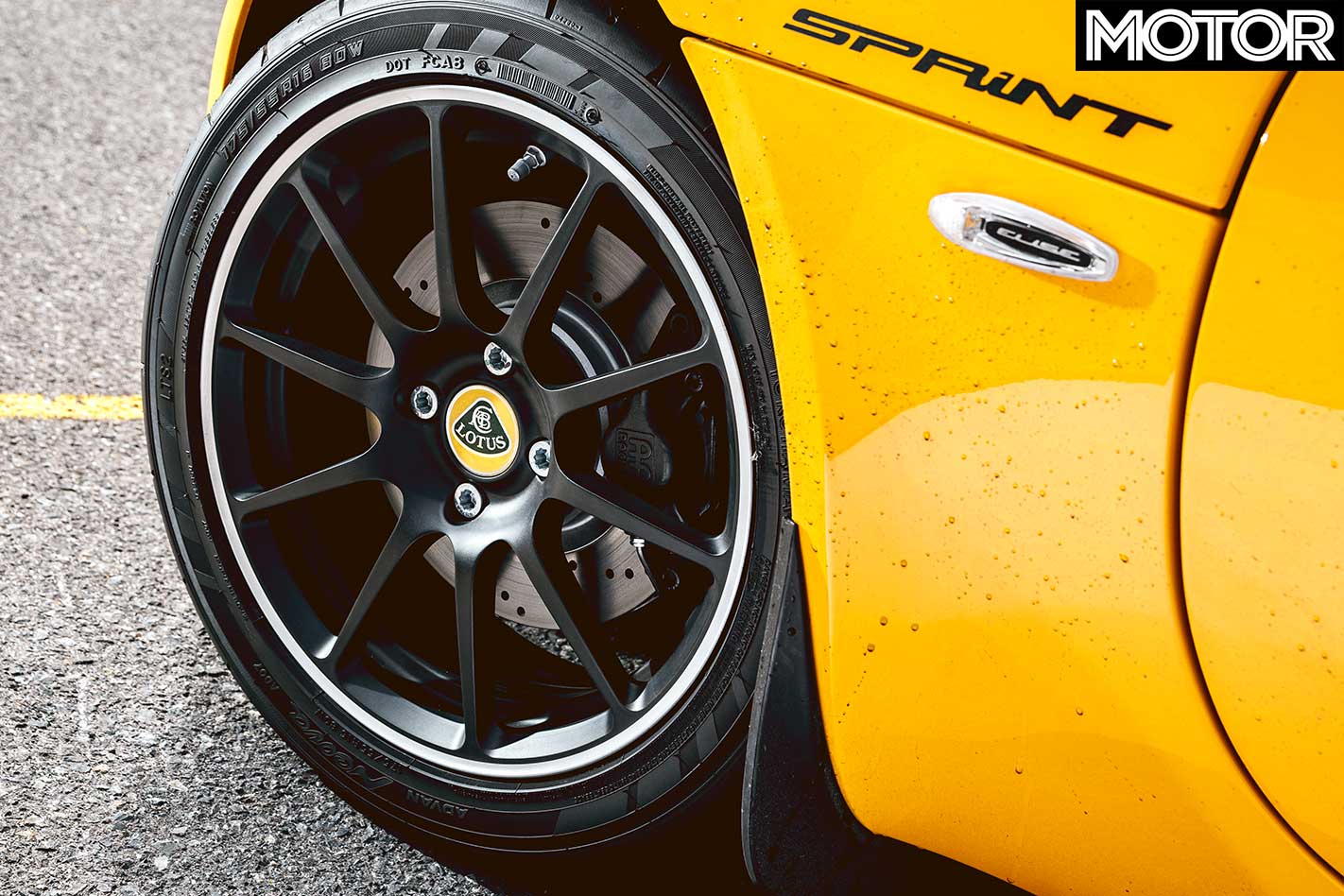
In the UK it’s possible to apply this diet to the standard Elise 1.6, but here in Oz the entry-level Lotus is the supercharged Elise 220, powered by a force-fed 1.8-litre four producing 162kW/250Nm. Propelling just 878kg, it’s little wonder that the ‘sprint’ to 100km/h is claimed to take just 4.5sec.
Many modern performance cars have a knack for making high speeds undramatic, a trait that’s not conducive to the current regulatory environment. The Elise Sprint 220 is not like this. It’s fast, very fast, but what’s even better is that it feels even faster than it is. The lack of mass helps, as does the supercharged power delivery, acceleration and noise increasing in intensity as revs build.
Lotus claims the Sprint is “the best sounding four-cylinder car on the market” and it’s difficult to disagree, the Toyota-sourced four-pot having the aural attitude of something much angrier and more powerful.
It’s a cracking engine, perfectly tractable with instant throttle response (once you’ve pushed the Sport button) and a 7000rpm rev ceiling. The Elise’s six-speed manual now uses the open-gate mechanism from the Exige and while the shift isn’t perfect, there’s a pleasing lack of mechanical slack with heel-toe downshifts completed with a quick blip on the accelerator.
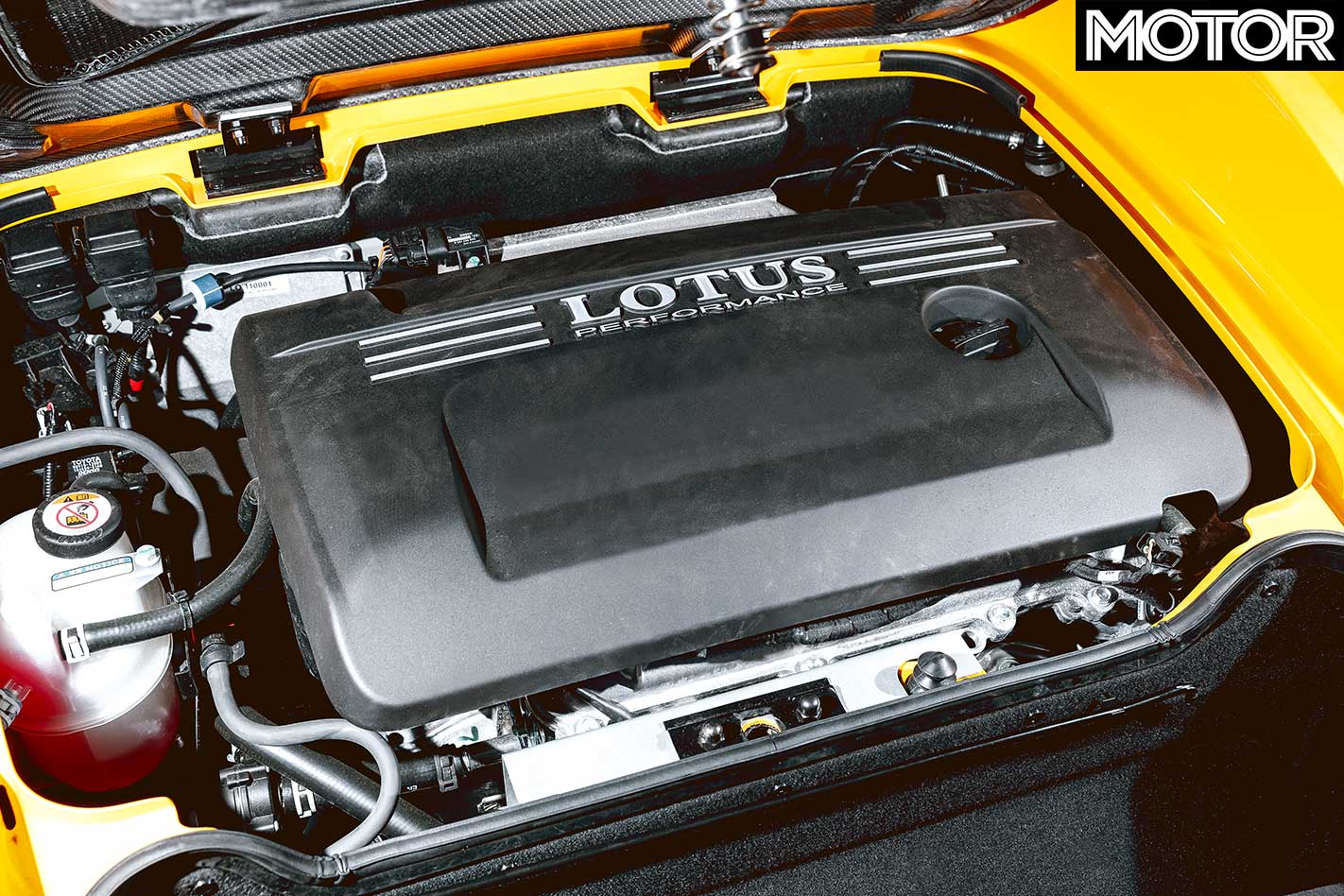
What really puts your senses on high alert, though, is the interaction with the Elise’s mechanicals. The unassisted steering and lack of traditional creature comforts allows your palms and backside to read the road surface while your ears are fed information from the engine and tyres.
The steering is heavy, for while the front tyres are just 175/55 R16s (225/45 R17s at the rear) the Yokohama Advan Neova AD07’s semi-competition tread pattern sticks to the tarmac like glue.
Driving an Elise really is like nothing else (except, perhaps, an Exige); it takes the overt rawness of a Caterham and dials it down with a dash of modern civility – things like ABS, ESP and just enough NVH insulation to prevent your teeth being buzzed out of your skull. The level of grip and go makes driving quickly relatively easy, but approaching the limit is initially done with trepidation.
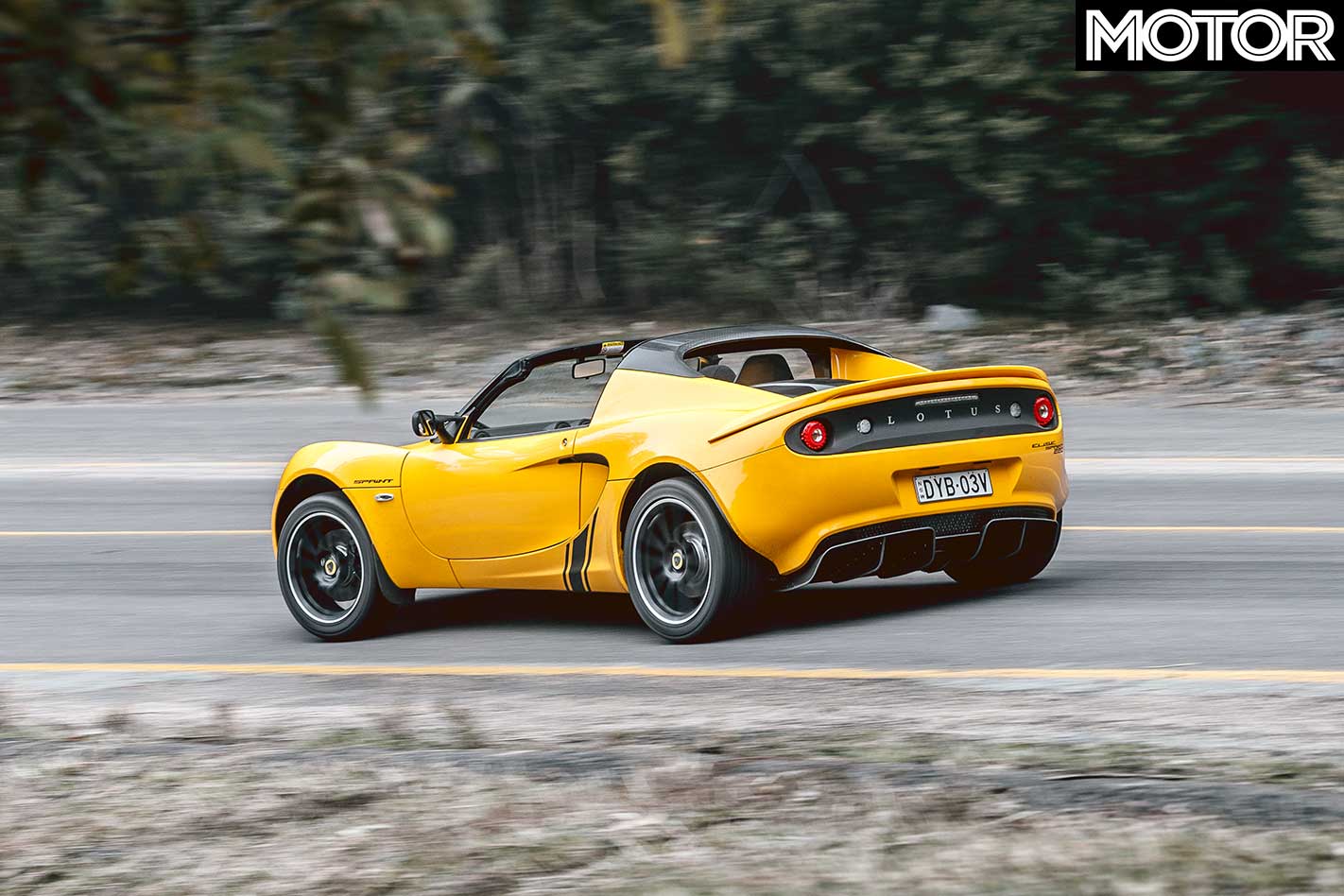
Lots of grip, no power steering and a mid-engine layout is a take-no-prisoners recipe, but it’s actually quite forgiving. Those skinny front tyres make that the end to give up first, but there’s enough steering feedback to always have a read on what they’re up to. Even then, low speed power oversteer is corrected with a roll of the wrists, though higher-speed antics would call for a nice, wide racetrack.
The Sprint’s biggest shortcomings are a soft brake pedal and steering that could be quicker to give greater confidence on corner entry.
Lotus has traditionally understood that compliance is the key to handling and though this Elise is no doubt stiffer than those of years past, the Sprint 220 is not an uncomfortable car.
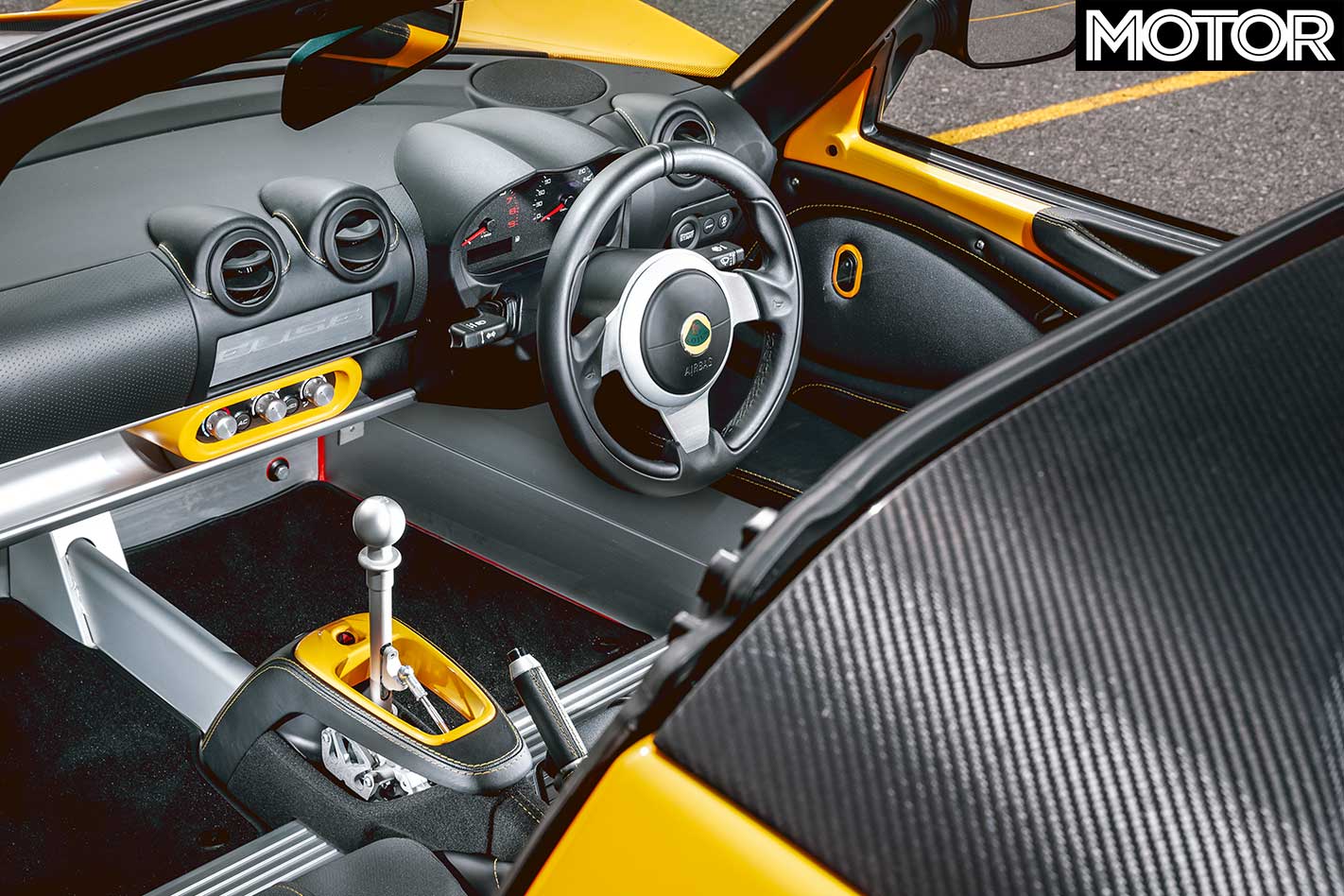
With the roof off there’s a certain exposure to the elements that would require commitment for long journeys, but it could easily be daily driven. And I would, because the Elise has a genuine mini-supercar vibe, except its size makes it far more palatable in traffic than the usual Italian suspects.
The cost of complying these low-volume British sports cars often makes them questionable value, but for around $100K the Elise Sprint 220 is quick, characterful and offers a unique and involving driving experience. In other words, something a bit special.
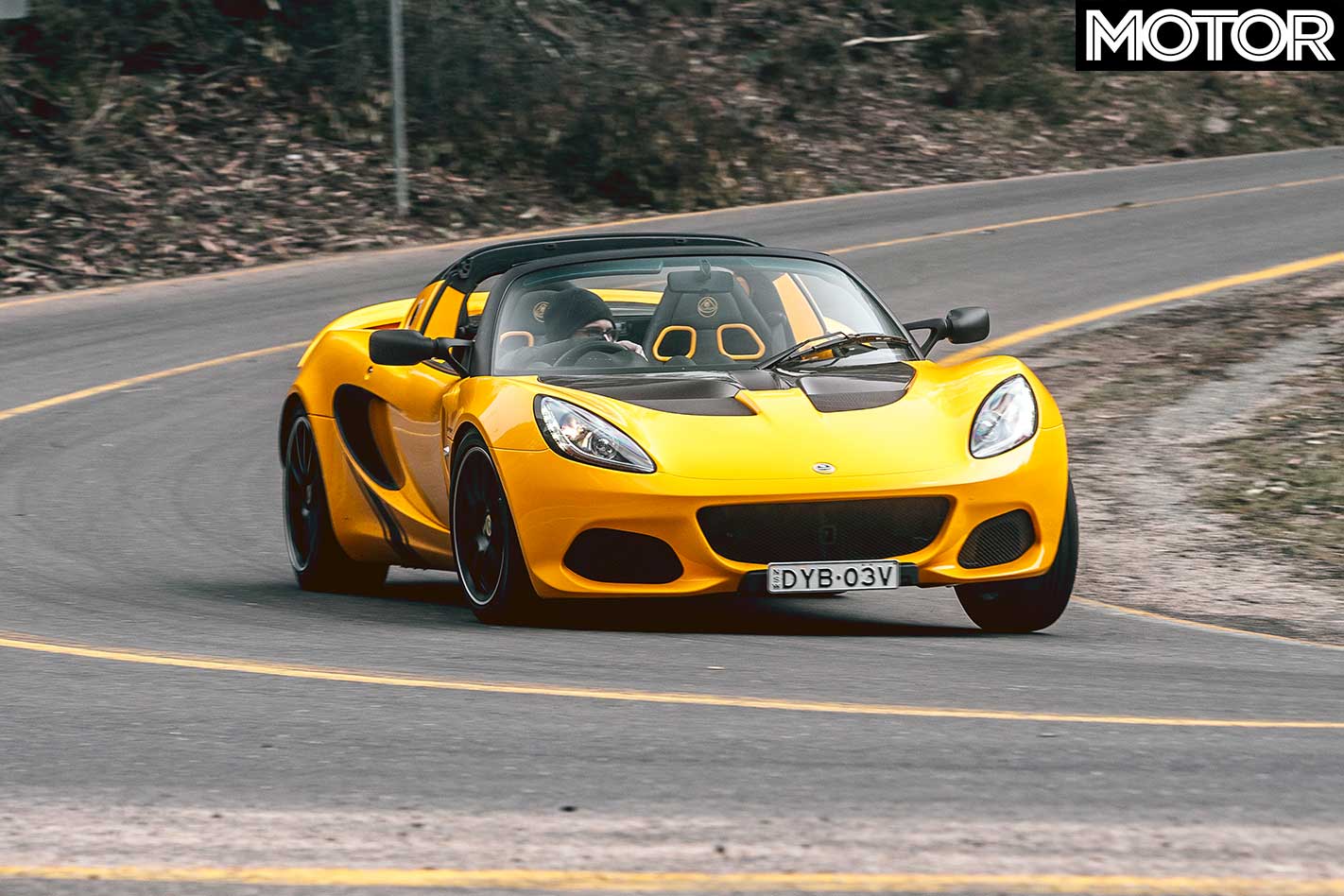
2018 LOTUS ELISE SPRINT 220 SPECS: Engine: 1798cc inline-4, DOHC, 16v, supercharged Power: 162kW @ 6800rpm Torque: 250Nm @ 4600rpm Weight: 878kg 0-100km/h: 4.5sec (claimed) Price: $97,990
Things we like
- Flexible, grunty engine
- Lightweight handling
- Mini-supercar character
Not so much
- Requires commitment
- Steering could be quicker
- Soft brake pedal


